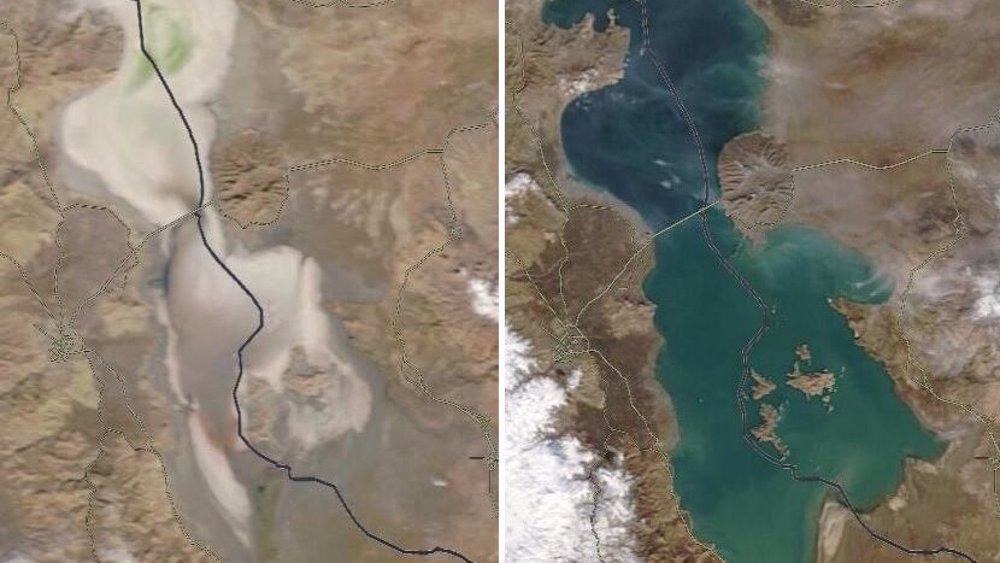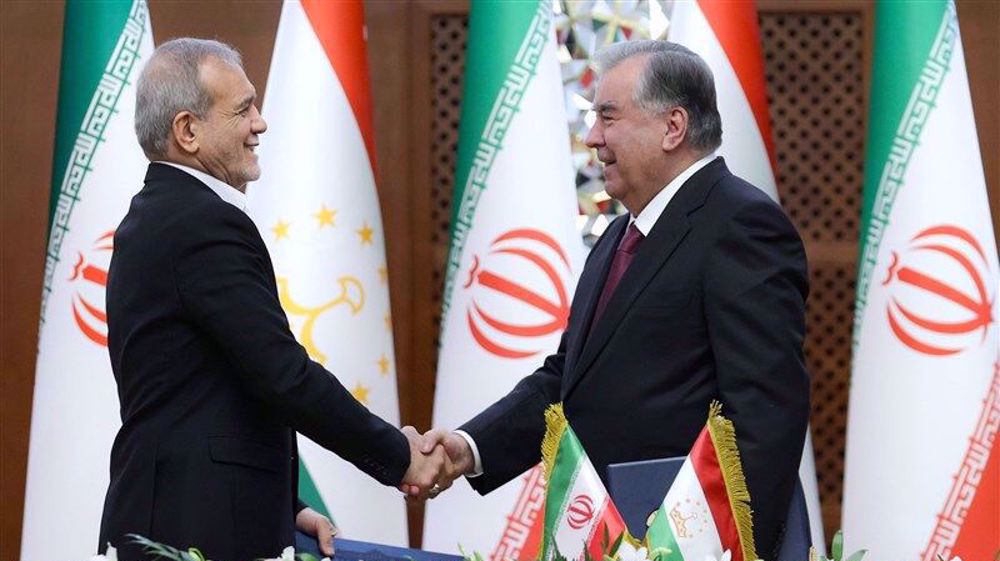Iran steel industry adamant against sanctions
Steel is the backbone of the industrialized world and has always been a centerpiece in Iran’s economic growth. Despite the disruptive impacts of US measures against the industry -- the latest of which was one of the last moves the Trump administration made against Tehran -- Iran’s steel production is still among the top in the world.
Efficient in production and application, steel is the material to build the future, and Iran was ranked world’s third top steel producer in terms of production growth, only after Uzbekistan and Moldova that have quite smaller outputs.
While the average global growth in steel production was negative in 2020 -- touching near -1 percent, Iran marked a 13.4-percent rise in the sector. Uzbekistan’s steel production grew by 42.6 percent, and Moldova’s output increased by 18.7 percent, Tehran Times cited the latest report the World Steel Association (WSA) on Friday.
According to the Iranian Mines and Mining Industries Development and Renovation Organization, the country produced 29.03 million tons of steel during 2020 compared to the last year’s figure of nearly 25.6 million tons.
Read More:
- Iran to hit record 52 million tonne in steel production soon
- Iran’s steel exports up 35% y/y in late December
- Iran expects steel exports to touch $5 billion despite US war
- Iran says steel industry growing after US turns up sanctions heat
Meanwhile, the global association states that crude steel production in the world fell 0.09 percent to stand at 1.829 billion tons in 2020. According to the WSA figures, Iran was the 10th top steel producer of the world in 2020, a similar standing to the past two years.
Iran produced 2.6 million tons of crude steel in December 2020, which was 19.2 percent higher than the figure for December 2019, the report confirmed. The average global production growth in the mentioned month was 5.8 percent.
As the world's top producer, China produced 1.052 billion tons of crude steel in 2020, up 5.2 percent compared to 2019. India and Japan ranked second and third in the world with of 99.5 million and 83.1 million tons of production, respectively. The production of South Korea, Japan, and India as the leaders of the industry, however, decreased by 6 percent, 16.2 percent, and 10.6 percent, respectively.
In his last days in office, former US President Donald Trump imposed new sanctions on Iran’s metals sector, targeting the construction, manufacturing, textiles, mining, aluminum, copper, iron and steel industries. They came on the back of the first set of sanctions imposed last May on export revenues from Iran’s industrial metals sector which the US government said constituted 10% of the country’s export economy.
The measure put “other nations on notice that allowing Iranian steel and other metals into your ports will no longer be tolerated,” Trump said at the time, about a year after Washington withdrew from the international deal on Tehran’s nuclear program.
Last month, the US government warned against exports of steel-making materials to Iran, including graphite electrodes and needle coke. However, Iran’s Minister of Industry, Mine and Trade Reza Rahmani put the damper on Washington’s haughty grandstanding, saying Iranian producers had obtained the technology to make graphite electrodes.
Graphite electrodes are used to melt scrap in electric arc furnaces to produce new steel. Needle coke is used as a key material for graphite electrodes in an electric arc furnace.
Despite all the factors that hit the global market and severely affected the performance of the world’s top producers and production like the coronavirus outbreak, as well as the extra pressures and obstacles created by sanction, the Iranian steel industry has been constantly developing over the past years.
Iran was already doing way better than other world steel producers during the first 10 months of 2020. The WSA previous report said that the country produced 23.8 million tons of the commodity during the January-October period, 12.6 percent more than the figure in the same 10 months of 2019.
Iran’s steel industry is export-oriented, but it does not depend on foreign technology, with officials saying the zero to 100 of a steel mill can now be designed and built in the country.
Even before the US sanctions, Iran’s steel exports faced a hostile terrain in Europe where the bloc’s executive body, the European Commission, levied trade tariffs against Iranian products. Still, there is a buoyant domestic market where more than 50 industries in Iran are linked to the construction industry which uses steel as a basic ingredient.
Iran plans to raise steel output to 55 million tonnes a year by 2025, of which 20 to 25 million tonnes would be earmarked for export.
IRGC: Legacy of Qassam Brigades martyrs eradicating ‘cancerous tumor’ of Israel
Hamas warns Israel of ‘significant price’ before showing off seized Israeli gun
Egyptians protest against Trump’s scheme to relocate Gazans
Prisoner thanks Gazans after release, says Israel tortures Palestinians
Trump blitzkrieg to drastically downsize US government
Hamas names three captives to be released Saturday
Iran determined to boost ties with Kyrgyzstan: VP
VIDEO | Trump orders to investigate, deport pro-Palestinian foreign students and staff











 This makes it easy to access the Press TV website
This makes it easy to access the Press TV website